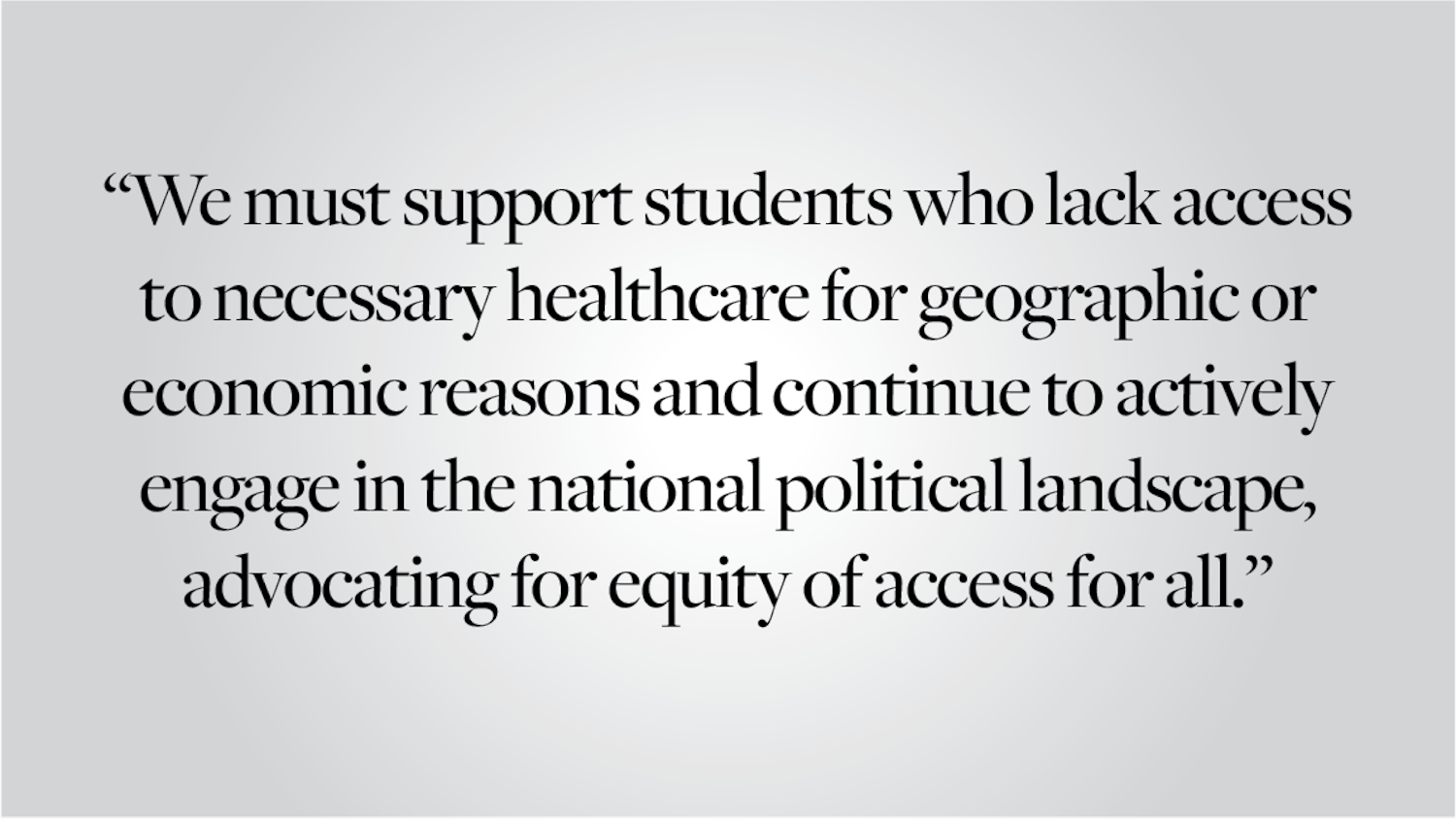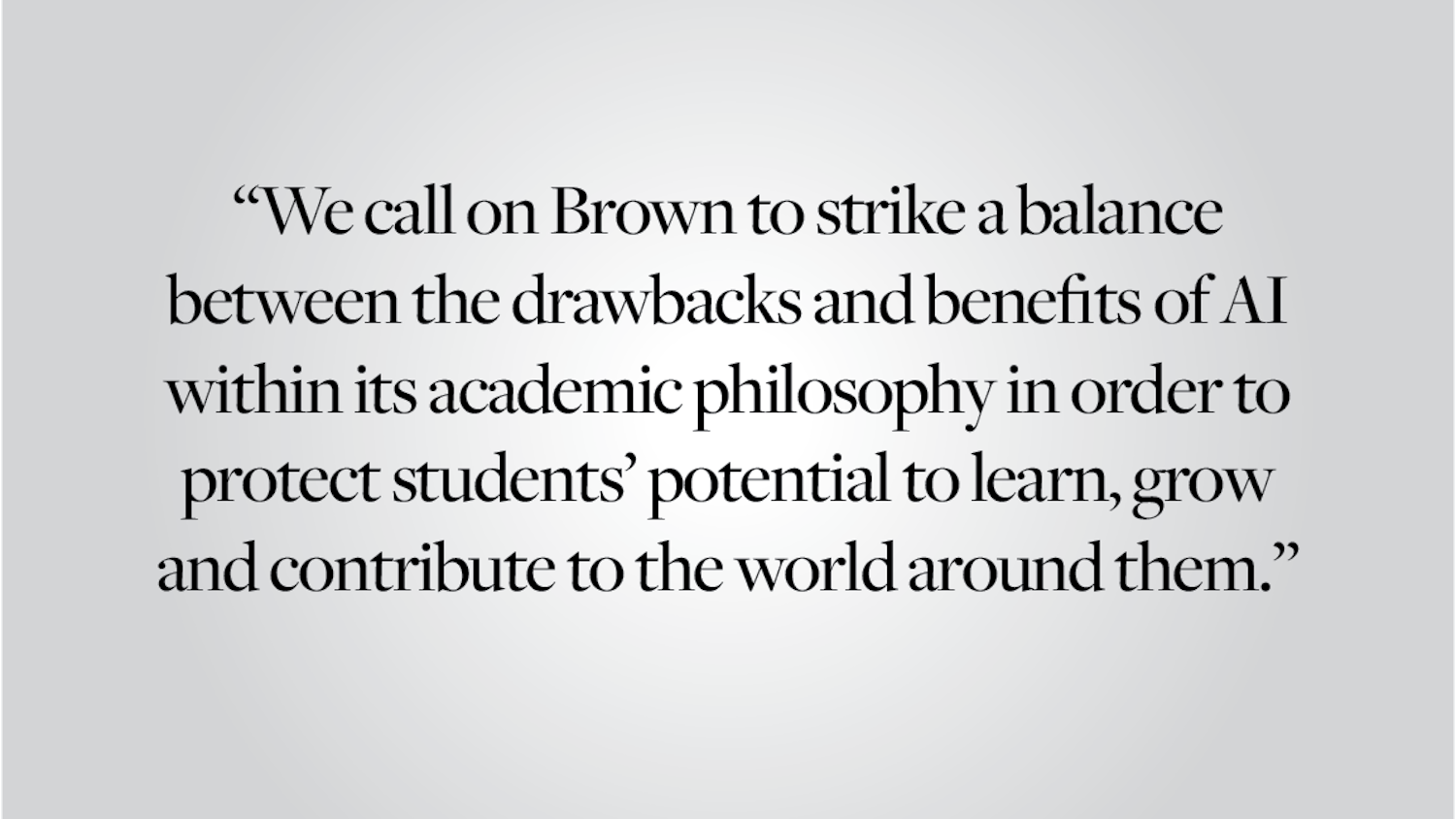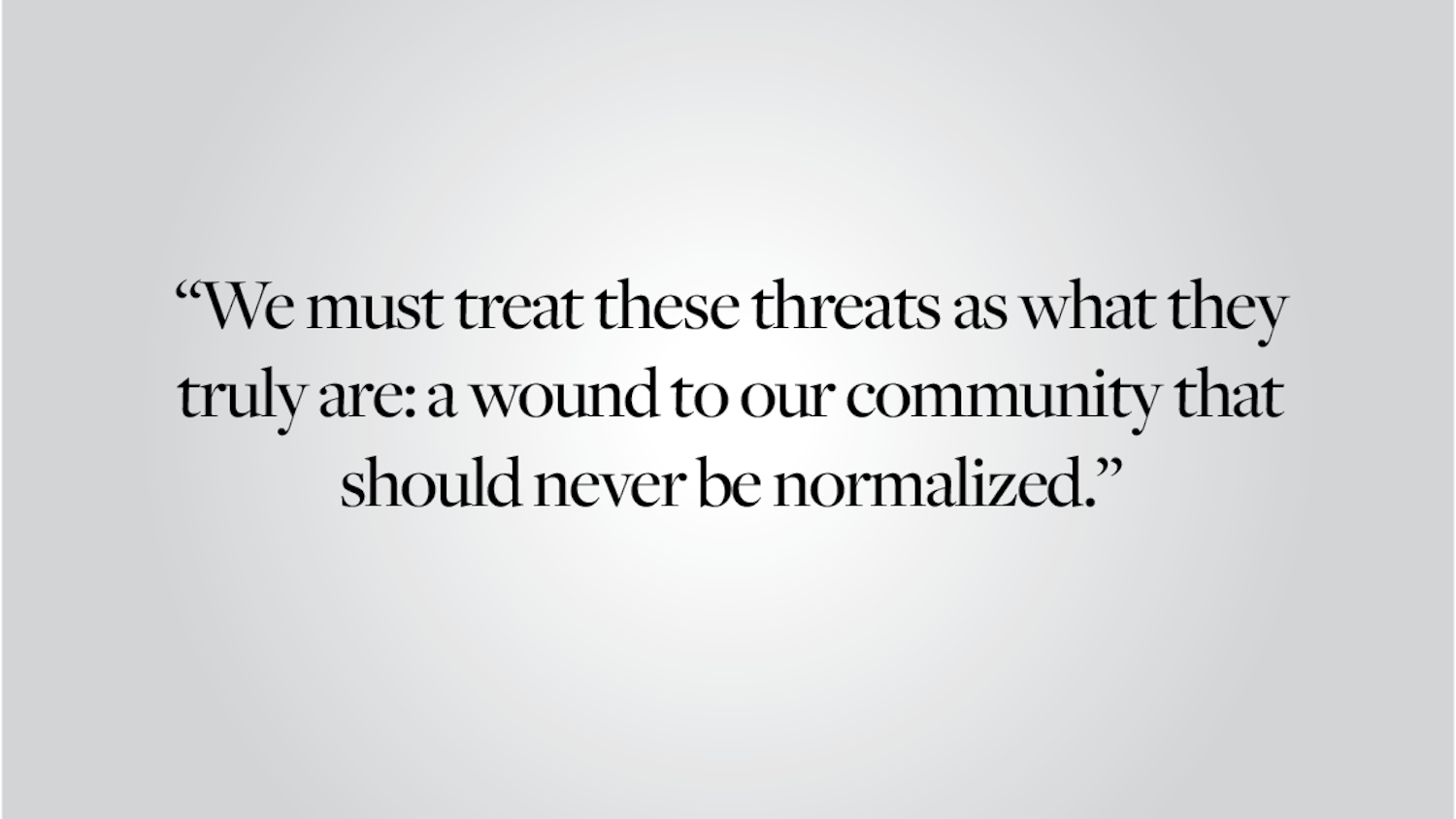Students at Brown are quick to support a cause, and their plea for coal divestment is no exception. On Oct. 27, President Christina Paxson wrote an email informing the Brown community that the Corporation would not divest the University’s endowment from major coal companies. “The existence of social harm is a necessary but not sufficient rationale for Brown to divest,” she wrote.
Paxson’s announcement was met with surprise, disappointment and anger from much of the community, led by members of Brown Divest Coal. They condemned the Corporation’s decision for its lack of a democratic process and its prioritization of profit over social good. Anger with the Corporation’s decision even made its way to news sources like the Huffington Post and the Providence Journal. Though Brown’s social awareness should be celebrated, the outrage many community members have directed toward the Corporation overemphasizes the amount of money actually invested in coal and the impact divestment would have.
As a whole, the University invests minimally in coal companies — with holdings making up less than 0.1 percent of the University’s investments, The Herald previously reported. Divestment would have virtually no actual impact on the environment, but could pull funding from the University that could be used for financial aid or other priorities.
Community members condemned the University for prioritizing Corporation members’ financial ties in their decision. They have pointed to trustees like Steven A. Cohen P’08 P’16 and Bank of America CEO Brian Moynihan ’81 P’14, who have huge financial stakes in coal. Though these members of the Corporation should have recused themselves from the discussion to avoid the appearance of impropriety, Paxson’s email indicates their presence ultimately didn’t matter: The body generally opposed divestment, anyway.
The University’s endowment is far smaller than those of other Ivy League institutions with which Brown must compete for students. Compare Brown’s $2.86 billion endowment with that of Harvard, which reported a 2012 endowment of $32 billion. Brown can use its investments in coal to fund other important functions — for example, attracting brilliant students and faculty members and funding cutting-edge research. If we can build up the University’s research capacity, we could enhance the technology needed to use different forms of reusable energy and eventually make coal obsolete. In fact, the University has already demonstrated its intent to work toward a healthier and more sustainable environment in Paxson’s strategic plan.
Ultimately, the events of the past week have demonstrated that there seems to be confusion among the student body regarding the power structure of the University and the voting power of students. Student activism and student voices are a significant part of campus discourse, and they have time and time again proven to bring about meaningful reforms on campus. But structurally, Brown is not governed by the student body. Unlike in the case of the faculty, the student government’s votes do not shape policy. It is fair to be disappointed with this decision, but we must remember Brown answers to more than just student voices. The University does an admirable job of welcoming suggestions and taking into account community members’ opinions. But when push comes to shove, it cannot always answer to student outcry — though it can and should consider those responses as it fomulates its broader vision and ideas. As much as it is an academic institution, Brown is also an economic institution, and it must make decisions to strengthen all of its roles.
Editorials are written by The Herald’s editorial page board: its editor, Rachel Occhiogrosso, and its members, Daniel Jeon, Hannah Loewentheil and Thomas Nath. Send comments to editorials@browndailyherald.com.
ADVERTISEMENT




